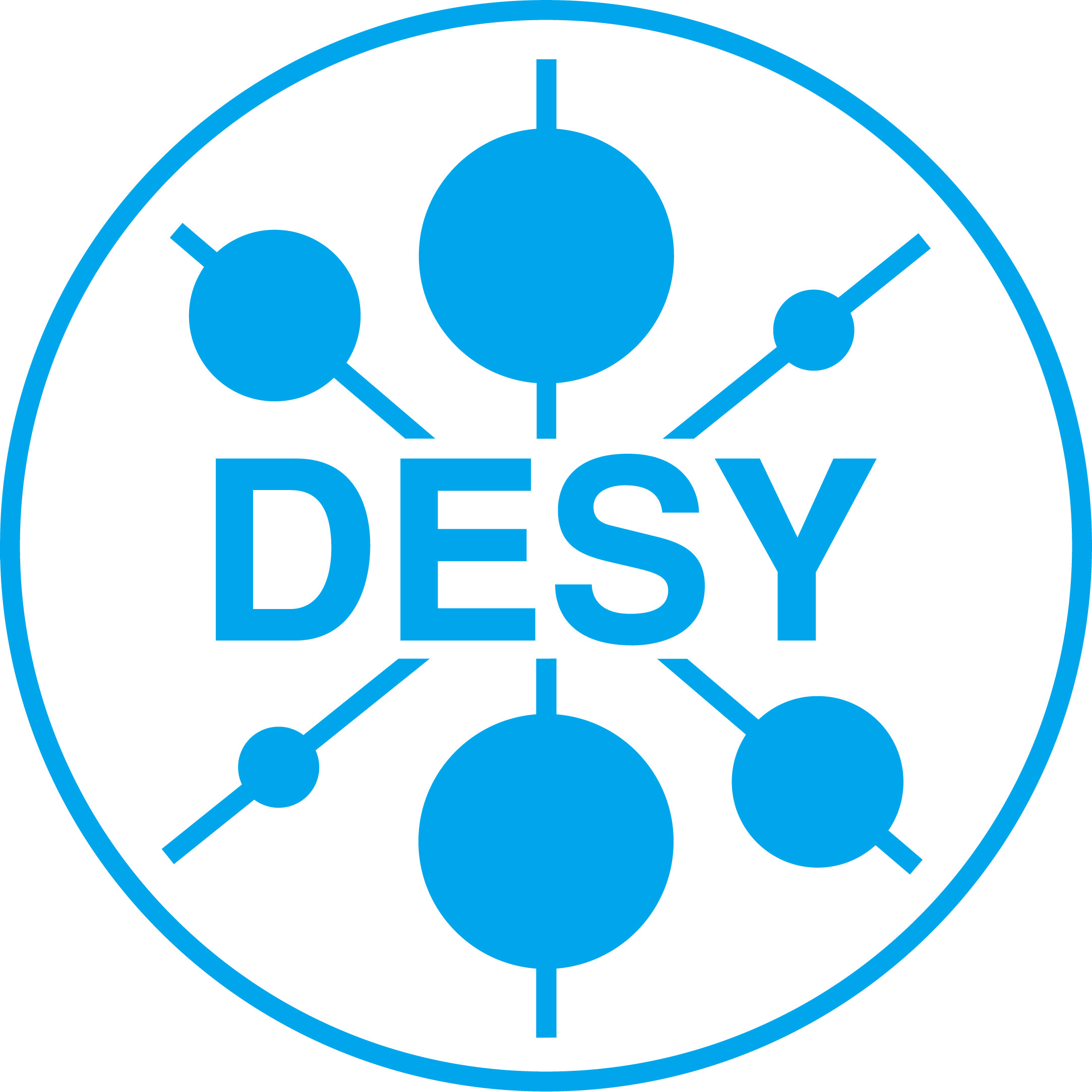About
FEL simulation code FAST (E.A. Schneidmiller and M.V. Yurkov)
 FAST is generic name for a set of codes for analysis of the FEL amplification
process in the framework of 1-D and 3-D models using different techniques
described in [1-5]. Analytical techniques implemented in these codes allow to
analyze beam radiation modes (eigenvalue equation), and amplification process
in the linear stage of amplification (initial-value problem). Numerical
simulation codes allow to simulate FEL process using both, steady-state and
time-dependent models. Algorithm of three-dimensional simulation code FAST [6]
takes into account all important physical effects: diffraction of radiation,
slippage of radiation (time-dependent effects), space charge, emittance
(betatron oscillations), and energy spread in the electron beam. An
approximation a uniform electron beam focusing is used in the simulation code.
Field solver uses expansion of the radiation in the azimuthal modes.
Calculation of the radiation fields is performed using retarded potentials.
The code allows to simulate amplification process in helical and planar
undulators. Simulation of higher odd harmonics in the planar undulator
geometry is possible [6]. The code has been thoroughly tested in the high gain
exponential regime using analytical results for the beam radiation modes
(complex eigenvalues and eigenfunctions) [1-3]. Start-up from the shot noise
and linear stage of amplification in the code FAST has been also tested using
three-dimensional analytical results for the initial-value problem [4].
FAST is generic name for a set of codes for analysis of the FEL amplification
process in the framework of 1-D and 3-D models using different techniques
described in [1-5]. Analytical techniques implemented in these codes allow to
analyze beam radiation modes (eigenvalue equation), and amplification process
in the linear stage of amplification (initial-value problem). Numerical
simulation codes allow to simulate FEL process using both, steady-state and
time-dependent models. Algorithm of three-dimensional simulation code FAST [6]
takes into account all important physical effects: diffraction of radiation,
slippage of radiation (time-dependent effects), space charge, emittance
(betatron oscillations), and energy spread in the electron beam. An
approximation a uniform electron beam focusing is used in the simulation code.
Field solver uses expansion of the radiation in the azimuthal modes.
Calculation of the radiation fields is performed using retarded potentials.
The code allows to simulate amplification process in helical and planar
undulators. Simulation of higher odd harmonics in the planar undulator
geometry is possible [6]. The code has been thoroughly tested in the high gain
exponential regime using analytical results for the beam radiation modes
(complex eigenvalues and eigenfunctions) [1-3]. Start-up from the shot noise
and linear stage of amplification in the code FAST has been also tested using
three-dimensional analytical results for the initial-value problem [4].
Start-up from the shot noise in the electron beam in the code FAST can be simulated with an artificial ensemble [7,8], and with tracing actual number of electrons in the beam [9]. The latter option is straightforward and transparent: simulation procedure corresponds to real electrons randomly distributed in full 6D phase space. This allows us to avoid any artificial effects arising from standard procedures of macroparticle loading as it described in [9].
[1] E.L. Saldin, E.A. Schneidmiller, M.V. Yurkov, ``The Physics of Free Electron Lasers'' (Springer-Verlag, Berlin, 1999).
[2] E.L. Saldin, E.A. Schneidmiller and M.V. Yurkov, Nucl. Instrum. and Methods A 475 (2001) 86.
[3] E.A. Schneidmiller and M.V. Yurkov, Phys. Rev. ST Accel. Beams 15 (2012) 080702.
[4] E.L. Saldin, E.A. Schneidmiller, and M.V. Yurkov, Opt. Commun. 186(2000)185.
[5] E.A. Schneidmiller, and M.V. Yurkov, Proc. FEL 2012 Conference,
http://accelconf.web.cern.ch/AccelConf/FEL2012/papers/mopd08.pdf.
[6] E.L. Saldin, E.A. Schneidmiller, and M.V. Yurkov, Nucl. Instrum. and Methods A 429(1999)233.
[7] C. Penman, B.W.J. McNeil, Optics Comm. 90 (1992) 82.
[8] W.M. Fawley, Phys. Rev. STAB 5(2002)070701.
[9] E.L. Saldin, E.A. Schneidmiller, and M.V. Yurkov,Opt. Commun. 281(2008)1179.